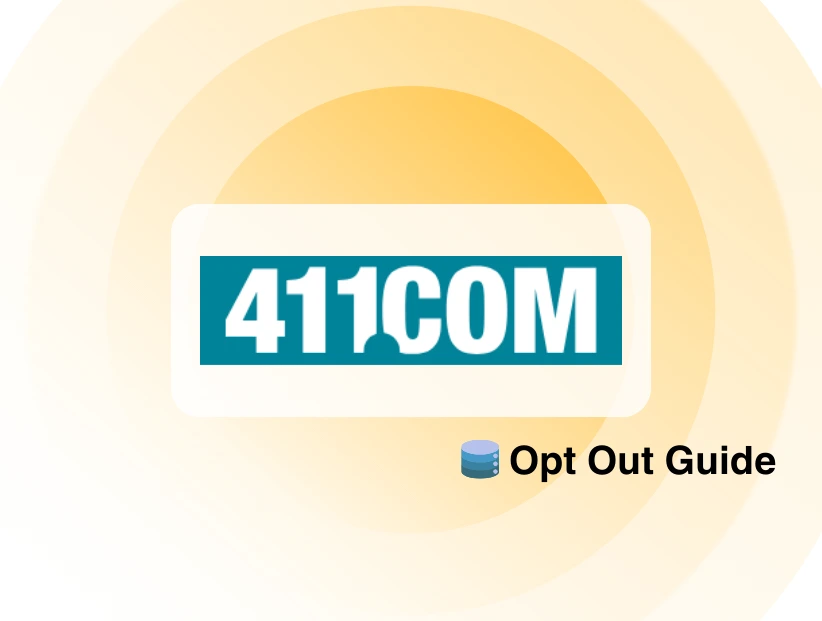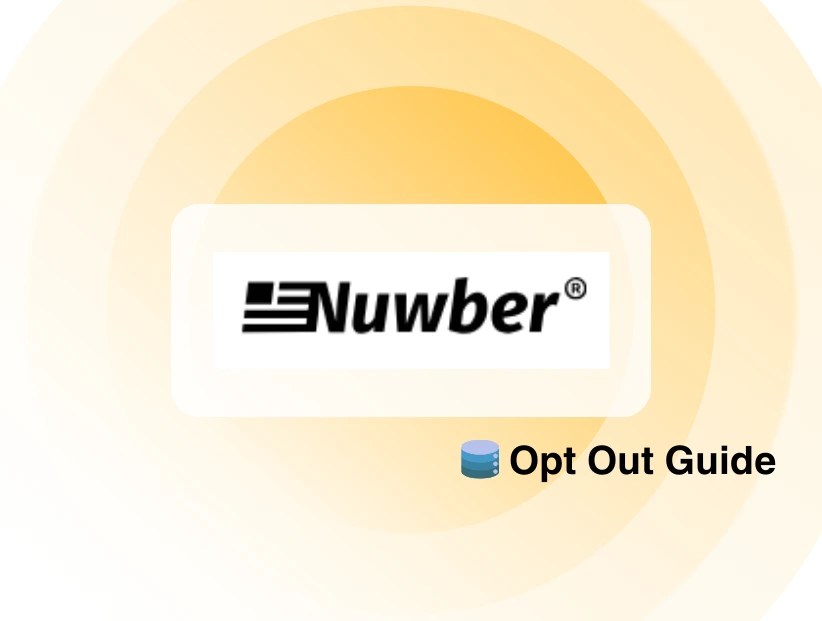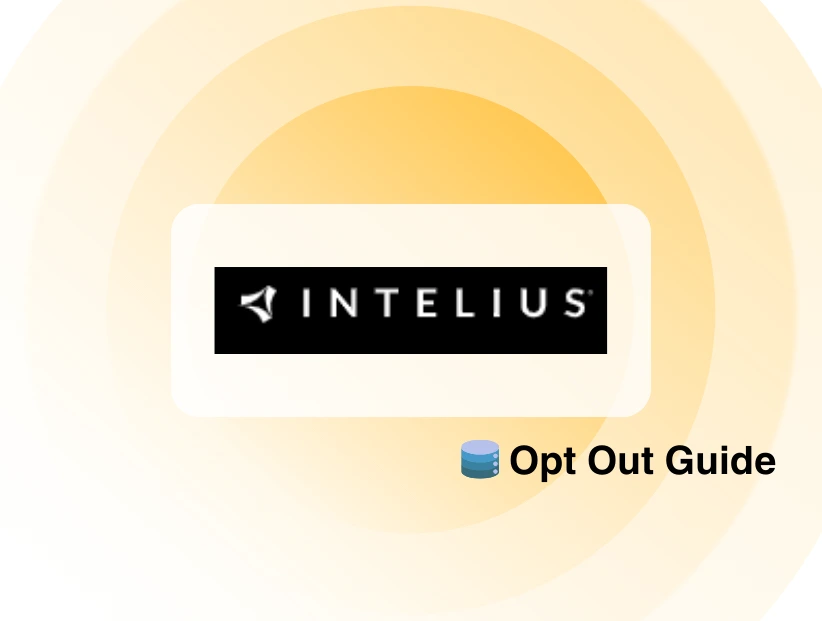Many users, such as teachers, students, business professionals, etc., work hours creating an incredible presentation on Google Slides.
Most of the time, however, random people access, edit, or delete their work because their presentations are unlocked and easily accessible to everyone.
This guide covers how you can lock your presentation and Google slides to secure your work.
What are Google Slides?
Google Slides is one of Google's most essential tools, allowing you to easily design, change, and share presentations online. Some of the critical features of Google Slides are;
Why is It Important to Lock Google Slides?
There are multiple benefits of locking Google Slides, such as;
Prevent Unwanted Edits
Locking the Google Slides avoids unwanted edits or changes made by other users once the File is shared and accessible to different collaborators.
Consistency
To maintain the standard and quality of the format and template, it is essential to lock in some features such as font, color, and layouts, which give a professional look to your presentation.
Protect Sensitive Information
Locking the Google Slides also helps to protect sensitive information, such as financial or personal data, from being changed or altered by other users or accessors.
Avoid Accidental Changes
Accidental changes, such as changing the position or size of objects, are possible in large files and can be avoided by locking the Google Slides.
Steps on How to Lock Google Slides
Given below are the steps on how to lock Google Slides;
Restrict Editing Access
- Open the file you want to lock in Google Slides.
- Click share and enter the email address of the person you want to share your work with.
- Choose the Viewer or Commenter option to limit their ability to edit.
Disable Download, Print and Copy
- Open the file that you want to lock.
- Click on share and mention the email address of the person you want to share it with.
- Change the access to Viewer.
- Go to settings and deselect “Editors can change permissions and share” and “Viewers and commenters can see the option to download, print and copy”.
Convert to PDF (Read-Only)
- Open the presentation.
- Go to File > Download > PDF Document.
- Download and share the file in PDF format to lock and make it “Read-Only”.
Share with Specific People
- Open the file and go to the share button.
- Under general access, select Restricted.
- Enter the email addresses of the persons you want to share it with in the “Add people, groups, and calendar events” box.
- Select the access of every email address by changing it to Viewer, Commenter or Editor.
Make the file Read-Only
- To make the file read-only, open the presentation and go to the share button.
- Select “Anyone with the link” from the general access button.
- Adjust the sharing setting by selecting Viewer or Commenter.
- To save your changes, click done.
Use Third-Party Tools
- Go to File > Download > Microsoft Powerpoint.
- To add password and restrict editing, you can use other tools such as online services or Powerpoint.
Revoke Access Later
To revoke editing access later, you need to follow the following steps;
- Open the presentation that you have shared and go to the share button.
- From the list of people in the sharing window, choose the email address whose access you want to reverse.
- Revoke their access by selecting “remove access”.
- Click done to save your changes.
Discover if Your Most Critical Identifiers Have Been Exposed on the Dark Web
Receive timely alerts and actionable insights with PurePrivacy's Dark Web Monitoring.
Frequently Asked Questions (FAQs)
-
What happens if I accidentally give someone editing access?

If you accidentally give someone editing access, you can go to the share settings again and change their permission from Editor to Viewer or Commenter.
-
Can I track if someone changes my Google Slides?

To track the changes in your Google Slides, go to File> Version History > See Version History. You can see and edit all the changes made in your Google Slides here.
-
Can I lock Google Slides for a specific group of people?

To lock Google Slides for a specific group of people, you can enter their email addresses and change their permissions to Viewer or Commenter.
-
Can I lock Google Slides for a limited time?

Google Slides has no built-in time feature to unlock or lock the presentation automatically after some time. However, you can always change the settings manually by changing the permissions in the sharing settings.
-
Can I add a password to my Google Slides?

You can not add a password to Google Slides. However, for enhanced security, you can download your presentation in PDF format and add a password to your document using a PDF editor.
Final Thoughts
To maintain access and control over your presentation, you must lock your Google Slides to avoid unwanted changes, downloads, or deletes. By following these simple yet essential steps, you can lock your presentation and protect it from being misused by other users. Always check the permissions and sharing settings before giving access to any other user or collaborator.




